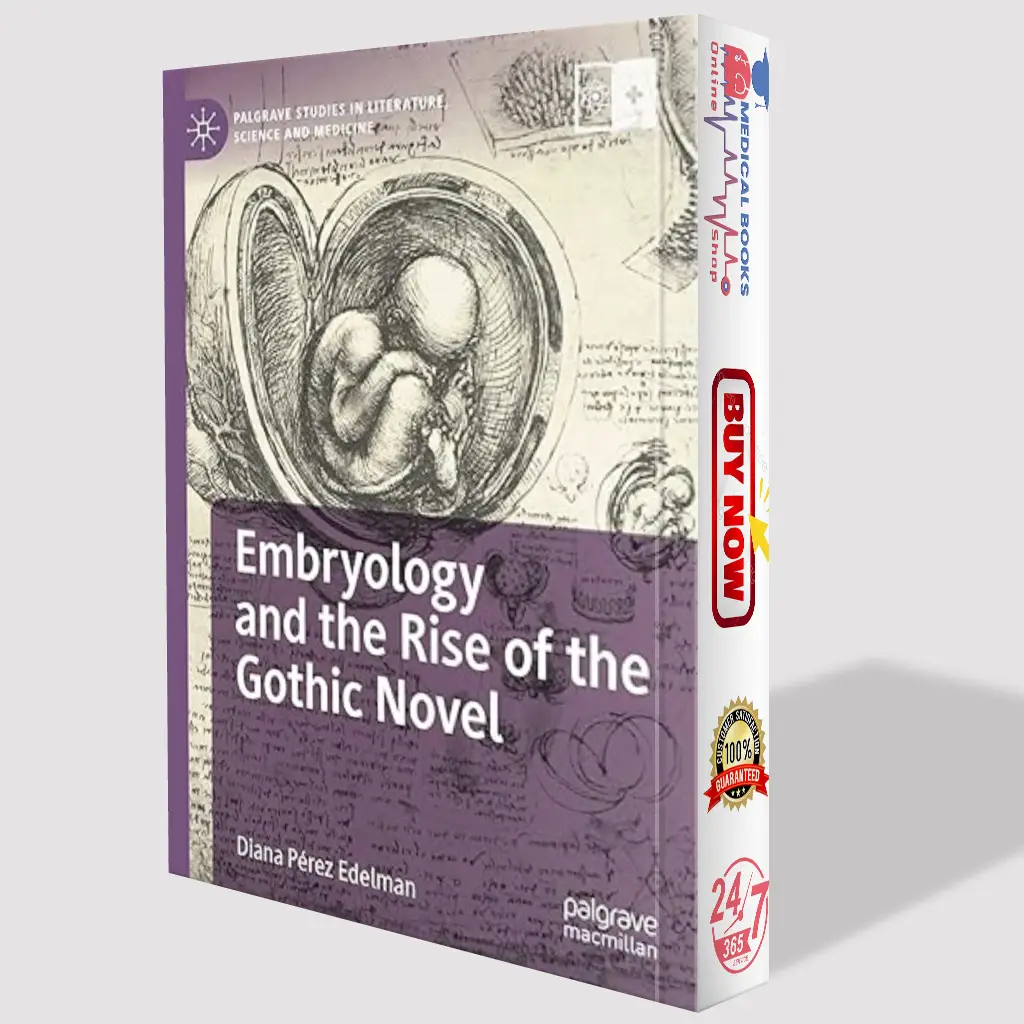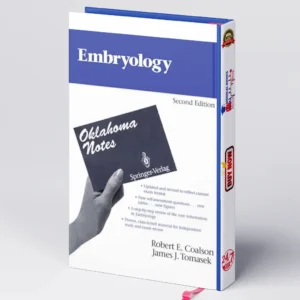Embryology and the Rise of the Gothic Novel offers a unique interdisciplinary exploration, combining the scientific study of embryology with the literary analysis of the Gothic novel. This book is ideal for students, researchers, and enthusiasts who are interested in understanding how scientific ideas, particularly embryology, influenced the emergence and themes of Gothic literature.
The Embryology and the Rise of the Gothic Novel PDF is available for download, providing easy access for those studying or researching the relationship between science and literature, particularly during the Romantic period.
Key Topics Covered:
Introduction to Embryology – A foundational overview of the scientific principles of embryology, focusing on early human development and the concepts that shaped the field during the Gothic era.
Gothic Literature and its Themes – Explore the themes of horror, mystery, and the supernatural that define Gothic novels, with a particular focus on works like Frankenstein by Mary Shelley and The Monk by Matthew Gregory Lewis.
The Role of Embryology in Gothic Literature – Learn how ideas of life, creation, and the body were shaped by the scientific understanding of embryology in the 18th and 19th centuries, influencing the portrayal of monstrous births and unnatural life in literature.
Scientific Influence on Gothic Characters – Examine how embryology and the concept of life’s origins are woven into the characterization of figures like Frankenstein’s monster and other iconic Gothic characters.
Literary Analysis of Key Gothic Texts – In-depth analysis of major Gothic novels that incorporate themes of creation, life, and the monstrous, and how these novels reflect the period’s scientific discourse.










Reviews
There are no reviews yet.